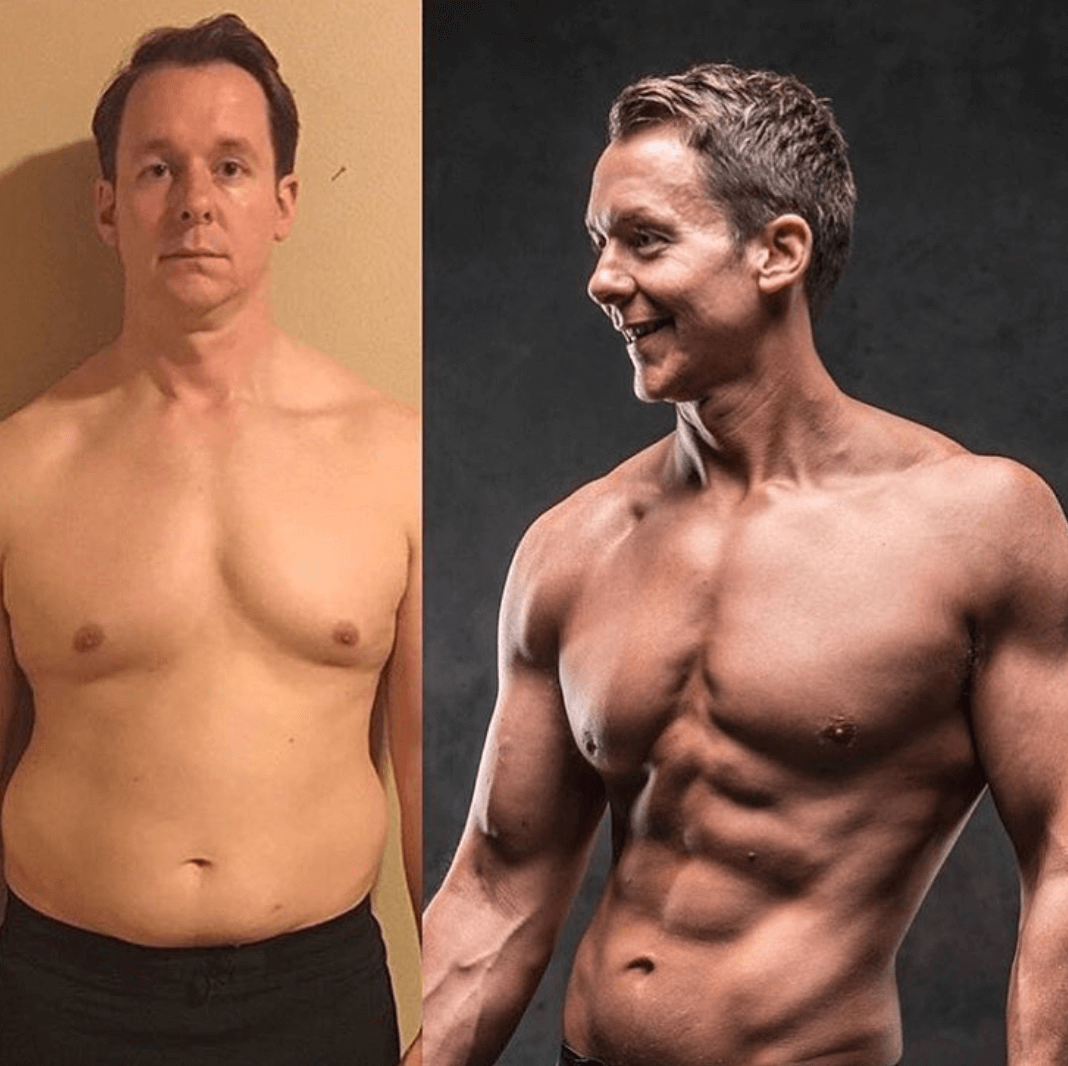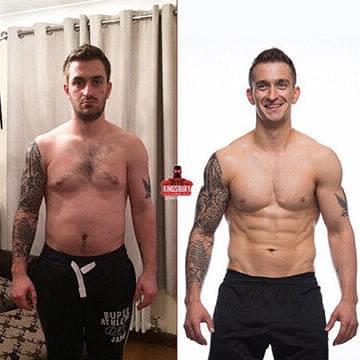1 Set your goal and stick to it.
It’s important to set your goal at the outset and keep striving towards it. Whether that be losing a certain amount of weight, toning up all over or gaining muscle, you must define the goal in order to have a clear target to work towards. If you keep on moving the goalposts, it may have a detrimental effect on your motivation. Once you reach your goals, then you can enjoy that sense of achievement and set the next goal even higher.

2 Work back from your goal to create a long-term plan.
Every goal will naturally come as part of a longer-term plan. With fitness, it’s all about the consistency and the small, shorter-term achievements which make up part of the long-term package.
3 Calculate your calories based on your goal.
Fitness and nutrition go hand in hand, which is why it’s essential to work out a calorie-controlled diet that best fits with your own unique goals. You’ll see the best results this way and you’ll feel great, too. Food is one of the best motivational fuels at your fingertips.
4 Select macros that are appropriate to your goal.
When counting calories, it’s also essential to select macros carefully and balance your diet with protein, carbs and healthy fats to complement your training goals. When done effectively, your macros will maximise your fitness gains. Macros will vary depending on goals, such as increased muscle mass or weight loss.
5 Train using a variety of rep ranges. Whatever your goal, a selection of rep ranges will be beneficial.
Transitioning between a variety of rep ranges, such as higher reps and lower weights to lower reps and higher weights, is a proven technique that will keep your body guessing and support increased muscle strength, density and tone. It’s the ideal type of strength training for weightlifters, powerlifters and everyone in between as you can tailor the rep ranges to your own workout for best progression and results.
6 Focus on progressive overload.
Progressive overload pushes your body to its limits and helps to ensure consistent progress. It’s a common training concept that works body and mind as it means you are always working a little harder than the previous session because you are choosing to consistently improve. When incorporated into your training program, this means gradually increasing the intensity, frequency, weight or time in every individual exercise with a specific goal in mind.
7 Variety is not necessarily the spice of life.
While I am a big fan of making workouts fresh and interesting to keep my clients motivated, I would advise against varying workout plans too often. Far too many people jump between different sessions and find themselves struggling to focus. If your current plan is working, stick with it because consistency in your movements will have a dramatic impact on your overall progress.
8 If you stop making progress on a lift, change the movement slightly.
Lifting is a complex training technique with many different movements involved. If you find yourself not making progress on a lift, don’t be afraid to change the movement. You don’t need to introduce something totally different but a variety on the same – for example, swap from barbell bench to dumbbell bench to see if your progression improves.
9 Rest is important.
You don’t need to be in the gym 24 hours a day, 7 days a week to get good results. It’s important to train regularly but more or excessive training doesn’t always equal more results. Good sleep quality and rest periods will give your body the recovery time it needs and provide more energy for your follow-up sessions.
10 Trust the process and be patient
It’s natural to want instant results when you leave the gym, but the reality of training is that it is a process and it does take time. While you may lose a little weight and see changes in your body during the early stages of training, it’s the changes that you see further down the line that impact your overall long-term health and fitness. Stick with it, be patient and your hard work will pay off.










